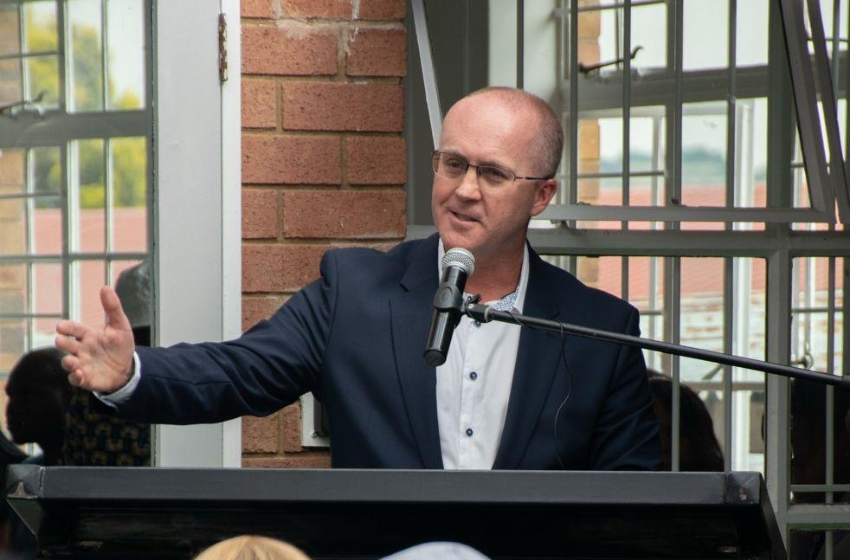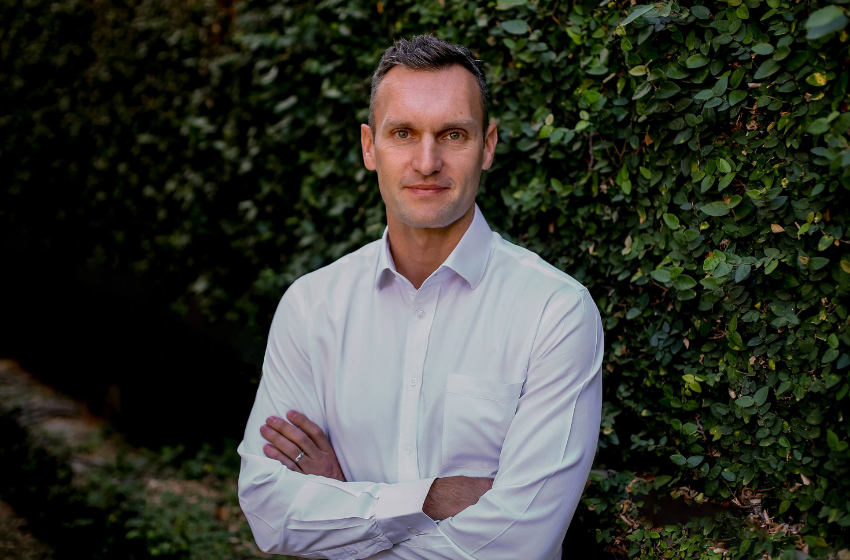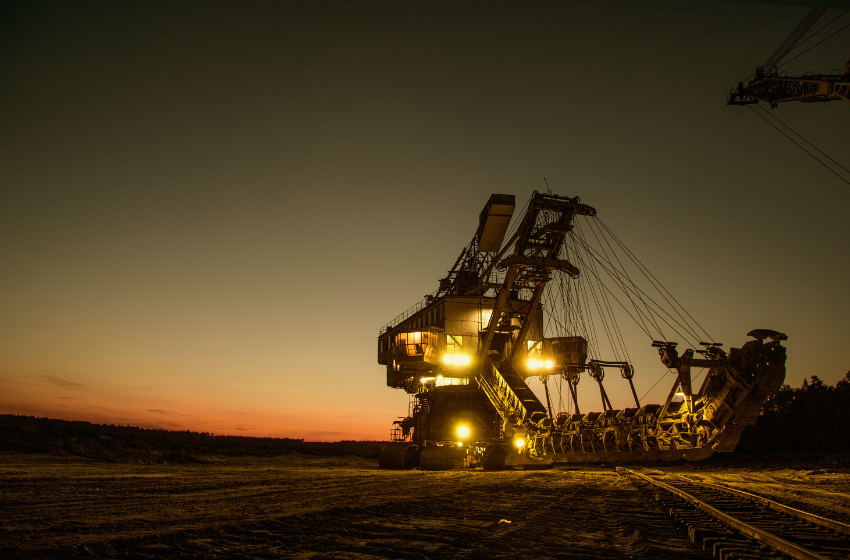
Tycho Möncks and Niel Naude, Boston Consulting Group
The projected shortage of critical minerals over the next decade creates an opportunity for large and small mining companies, governments and offtakers to form regional mineral processing hubs.
With the appropriate policies, transport networks and partnerships in place, South Africa could attract investments and jobs and turn around the long-term decline in its mining sector.
Renewable energy systems and electric vehicles—central components of the energy transition—require several times more minerals than their traditional counterparts. In the race to decarbonise, demand for critical minerals such as lithium, nickel, graphite, cobalt, copper, and rare earth elements is forecast to increase two- to fivefold over the next decade, reaching $750 billion by 2035.
Growing demand coincides with significant geological, operational, and technological constraints, including the depletion of existing mines, a general decline in ore quality, and a shift in new development to riskier regions. Underinvestment in exploration only aggravates these trends. In addition, stricter social and environmental regulations have protracted typical permitting timelines so much that the average time from exploration to first production is now 16 years.
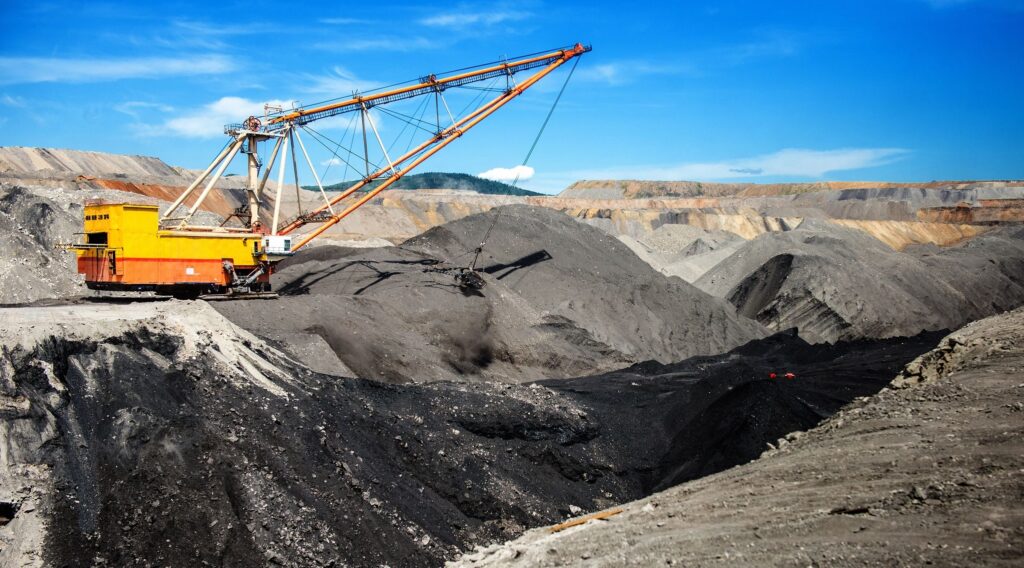
Export restrictions, reshoring initiatives, and the rise of resource nationalism are intensifying the competition for critical minerals and fragmenting global supply chains. Shocks associated with geopolitical realignments, such as between the US and China or Russia and the EU, could disrupt around 30% of worldwide mineral trade flows over the next decade, exacerbating supply gaps.
At present, both critical minerals reserves and processing facilities are concentrated in just a few countries. For example, China accounts for over 60% of all minerals processing and Indonesia dominates processing of high-pressure acid leach nickel. Both countries have benefited from the development of minerals hubs, which remain relatively uncommon elsewhere.
Mineral hubs centralise mineral concentrates from various places before processing and selling them to regional or global users. In one location, a hub provides large-scale processing facilities and critical infrastructure to achieve economies of scale and efficiency and keep costs competitive. For example, traditional copper processing facilities generally produce from 25,000 to 100,000 tons of cathode copper each year. A mineral hub can process more than 500,000 tons, often along with other minerals.
Indonesia offers a prime example of the hub concept in action. It has become a global nickel-processing hub, not only because it has the world’s largest nickel reserves, but because of a series of policies instituted in January 2020. Since then, Indonesia has attracted $21 billion in foreign investment for mining and processing, as well as for strategic partnerships. As a result, the value of Indonesia’s nickel exports grew enormously, from $1 billion in 2015 to $20 billion in 2022, reinforcing its importance in the global EV battery supply chain. Domestically, expansion of the industry has created more than 150,000 jobs.
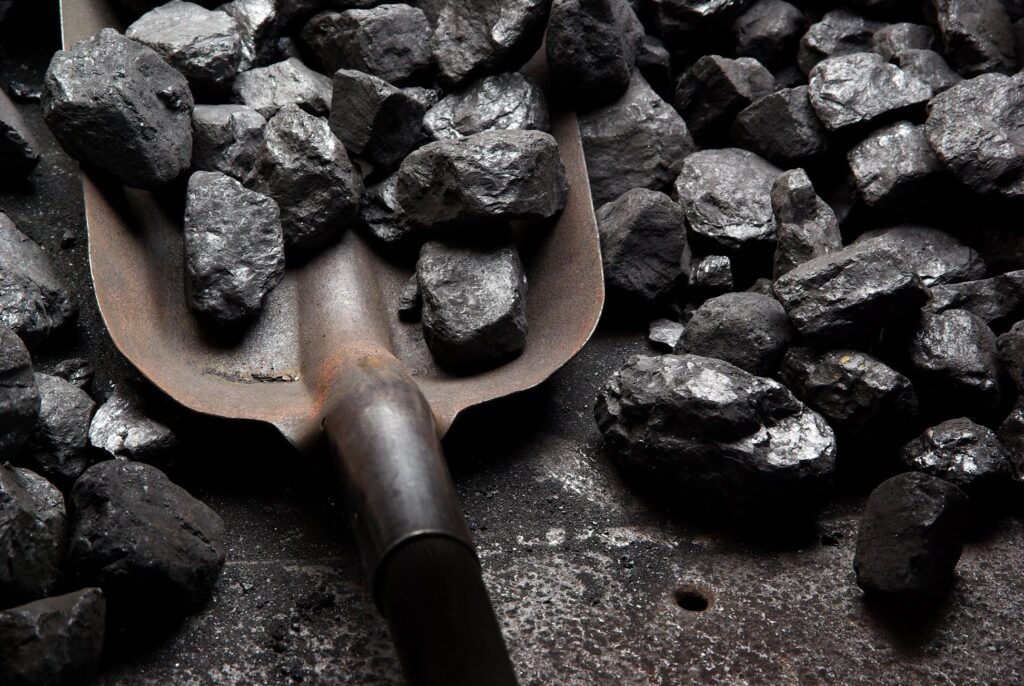
We have identified seven critical ingredients to make mineral hubs successful. These are:
- Stable mineral supply, which need not be based on domestic resources. It can be sourced through partnerships and government-to-government agreements.
- Access to downstream markets, which may be through developing domestic demand or forging bilateral relationships or free trade agreements with large markets like the US and EU.
- High processing capacity: large-scale facilities can maximise efficiency and reduce costs, making them more competitive.
- Integrated infrastructure, i.e. well-developed transportation networks.
- Affordable, low-carbon energy supply.
- Access to low-cost capital.
- Government support: streamlined regulation, a hospitable business environment, and investments in education, training and R&D.
It is essential for companies and governments to work together to develop the infrastructure, regulatory frameworks, and workforce necessary to sustain operations. More broadly, such partnerships fuel technological innovation and help to attract the investment needed for long-term growth and global competitiveness.
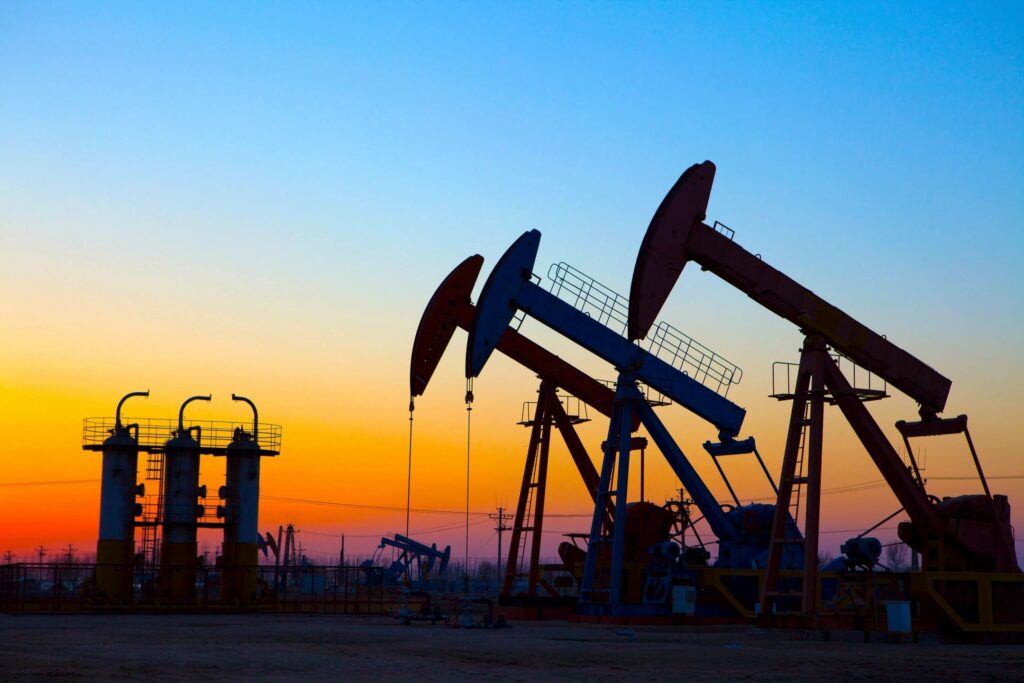
Countries with ambitions to establish themselves as a force in mineral processing must carefully assess their competitive positioning. They cannot rely solely on their domestic assets and capabilities.
Global mining companies need to be able to engage with multiple hubs in low-cost, geopolitically stable regions. In this way, they can preserve their global reach, ensure steady offtake, and minimise the risk of market-access distortions such as those caused by import bans. Mineral hubs present a welcome opportunity for junior miners, given the challenges in raising finance and developing projects that they face. Hubs enable juniors to bring projects online more efficiently, while mitigating risks through stable offtake agreements that enhance their ventures’ viability and sustainability.
As global trade flows become increasingly fragmented, major manufacturers and end-users are having to re-evaluate their security of supply. But they do not need to develop domestic processing hubs. If they can actively engage with mineral hubs, they can secure cost-effective mineral supply. Their governments can support the competitiveness of these manufacturers by strengthening bilateral critical mineral trade relationships and building global, multilateral alliances.
Whether between nations, between corporations, or between industries, collaboration will be key to building resilient supply chains, unlocking investment, and ensuring access to the resources necessary for a sustainable future. The top priority today is to take swift, decisive action, as competition is intensifying.
Share via:















